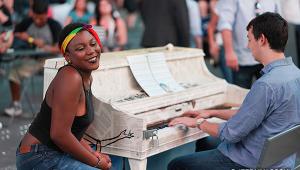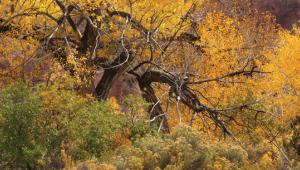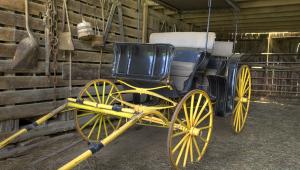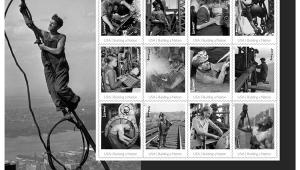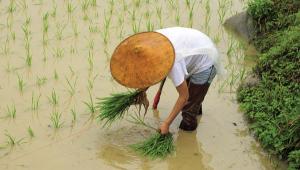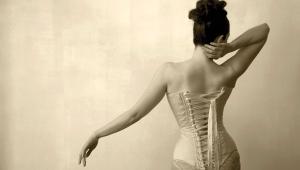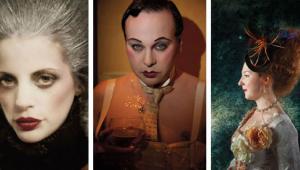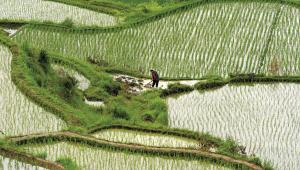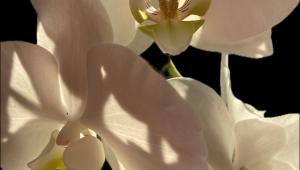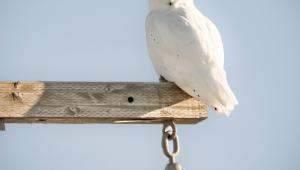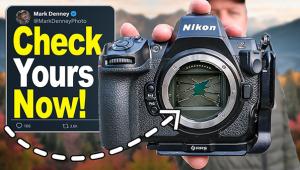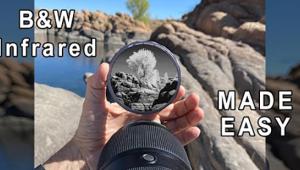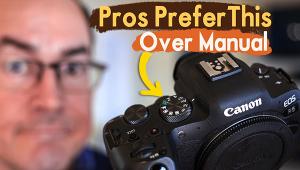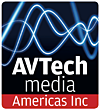Pro's Choice; Museum Photography: Diverse Tools For Diverse Needs; The Complex World Of Photography At New York’s American Museum Of Natural History
"The Great Swamp was a treat," observed one of the photographers from the American Museum of Natural History's photo studio after returning from a trip to photograph this New Jersey marshland. "Nothing like slogging around in chest waders and dodging mosquitoes (unsuccessfully, I might add) for four hours in really nice smelling swamp water," he quipped. As part of a project to photograph aquatic vegetation for an upcoming exhibit, this intrepid photographer had to step outside the familiar studio environment, which happens on occasion. Some assignments have taken members of the photo studio to such exotic locations as Indonesia, Hawaii, and Africa to document scientists working and collecting samples for the museum.
 |
|
|
But most of their time is spent at this prestigious New York City institution,
either inside the spacious photo studio or elsewhere within the confines of
the museum or its grounds to photograph everything from the smallest ancient
artifacts to the largest dinosaurs at one end of the spectrum, and live animals
(butterflies, reptiles, and amphibians) and people (publicity functions) at
the other. And to tackle this diversity, the team of Denis Finnin, Craig Chesek,
and Roderick Mickens must have a working knowledge of a wide variety of photographic
tools.
Changing With The Times
The museum has had a photographic department dating back to the early 1900s,
with photography playing an ever-increasing role in museum life in recent years.
Contending with mosquitoes at a swamp hinted at the next step in the evolution
of photography at this institution. In the past, diorama backdrops had always
been paintings. The purpose of this shoot was to produce a photographic image
that would be blown up to a wall-size mural and, for the first time, serve as
a background for a new, albeit temporary, exhibit focusing on water.
 |
|
|
What's more, photography at the American Museum of Natural History has
seen a strong shift over the years, from analog to digital capture. That said,
the studio did have to choose film for this assignment, using a 4x5 Sinar view
camera and Fuji Velvia 100 for the huge blowup. A digital camera did accompany
the photographer, but as backup. Metering for the Sinar was done with one of
the handheld meters, Minolta or Sekonic, that the studio owns, with the addition
of a Polaroid back.
"Since I've been here," Finnin observed, "there's
been a greater awareness of how valuable images are to the museum, and that's
been reflected in the gear we've been able to buy and the space that we
have, which is really phenomenal." The photo studio in recent years has
witnessed the evolution from Nikon F-series to D-series SLRs. Along the way,
they added a Phase One back, which has more recently been replaced by a 22-megapixel
Sinarback 54M, attached to a Mamiya RZ67 for large-scale reproduction.
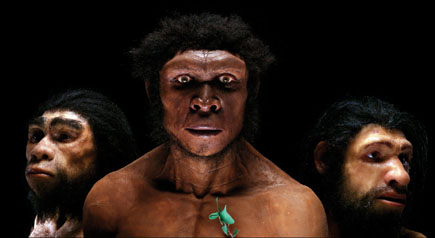 |
|
|
Most recently, the studio added the Canon EOS-1Ds Mark II, which they use
for sizable enlargements or high-quality reproduction in books and magazines,
or when the photo is intended for an exhibit, such as the currently running
"Mythic Creatures." This exhibit features 4-foot-high images of
people recounting stories relating to myths. The images were shot in the museum's
photo studio using the EOS and Speedotron studio strobes.
- Log in or register to post comments



